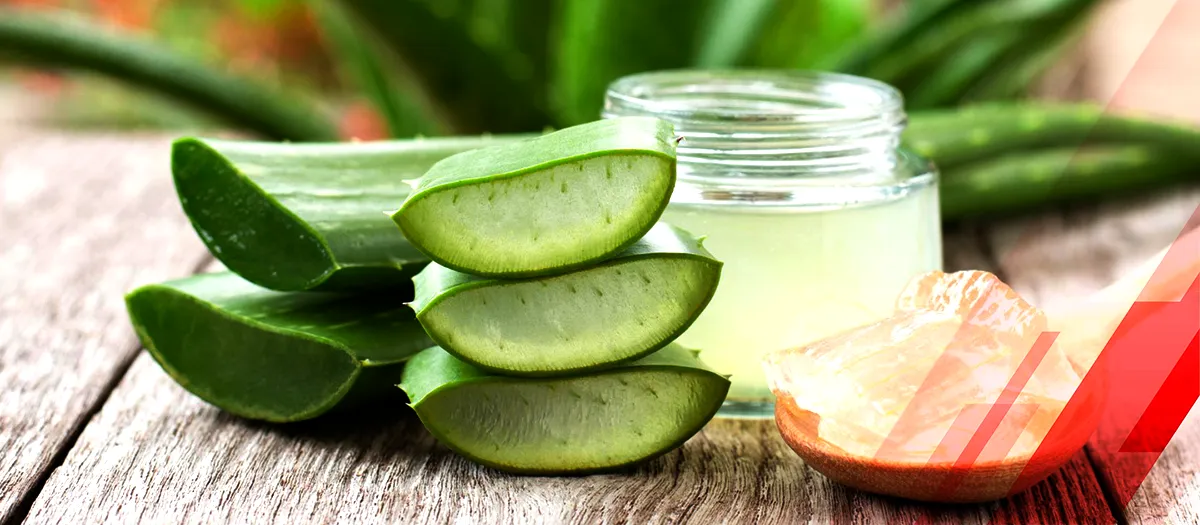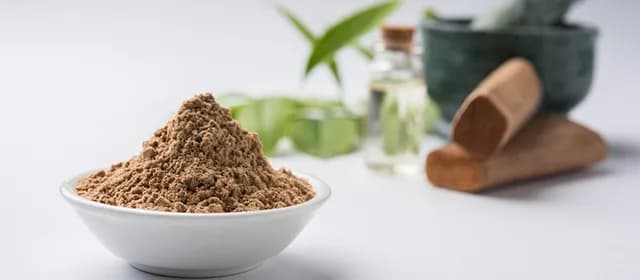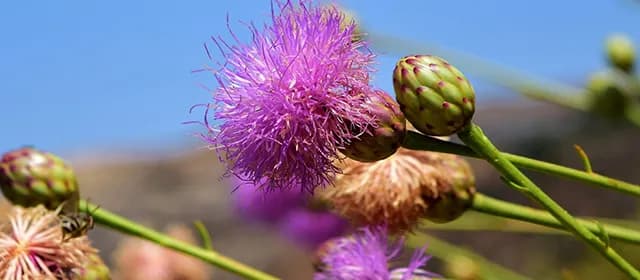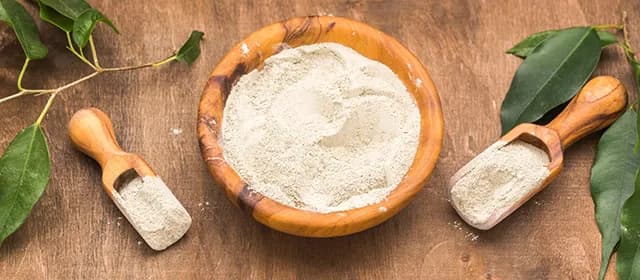At home, we grow a substantial number of aloe vera plants. This plant is ubiquitous in households, but have you ever pondered its remarkable benefits? In the realm of wellness, aloe vera extract bestows a myriad of advantages. This botanical marvel reveals a treasure trove of skincare, medicinal, and wellness applications, reshaping various industries.
So, let's dive in to understand the potential of this botanical garden.
What is Aloe Vera Extract?
Aloe vera extract is derived from the leaves of the Aloe vera plant and has been utilized for centuries due to its diverse health and skincare benefits. The extract is known for its potential antioxidant and antimycoplasmic activities, making it a subject of scientific study for its therapeutic properties.
Due to the antifungal, anti-inflammatory, antiviral, and antibacterial nature of Aloe vera, it is widely recognized for its versatile benefits for skin and hair. In the field of cosmetology, the aloe vera plant has been utilized for centuries, with the ancient Greeks regarding it as a universal panacea and the Egyptians calling it the "plant of immortality." The extract is known for its skin-nourishing, moisturizing, and healing properties, making it a popular ingredient in various skincare products.
According to Kings Research, the global aloe vera extract market is expected to accrue revenue of $4.76 billion by 2030, progressing at a compound annual growth rate (CAGR) of 8.40% between 2023 and 2030.
Exploring Key Benefits of Aloe Vera Extract
Aloe vera extract offers various benefits. Listed below are some of its key benefits.
- aids in healing and soothing skin
- provides antioxidant support for overall wellness
- offers potential benefits for minor burns and abrasions
- may have anti-inflammatory properties
- can be used for skin care and cosmetic purposes
Steps to Extract Aloe Vera From the Plant
To extract aloe vera from the plant, you can follow these steps:
Step 1: Select a Mature Aloe Vera Plant: Choose a mature plant that is at least a few years old to ensure a higher concentration of the active ingredients.
Step 2: Harvesting the Leaves
- Cutting the Leaves: Use a sharp knife to cut off one of the outermost leaves of the aloe vera plant at the base. It's important to ensure the leaves are healthy and free of any mold or damage.
- Cutting Technique: Cut the leaves close to the stem, as most of the beneficial nutrients are found at the base of the leaves. Avoid cutting the roots.
Step 3: Allow for Regeneration: After harvesting, it's advisable to wait a few weeks before cutting leaves from the same plant. This allows the plant to regenerate and ensures a sustainable supply of aloe vera.
Step 4: Utilization: The clear gel found in aloe vera leaves can be used topically in creams, gels, and ointments for various skin conditions. It can also be used internally in capsule or liquid form to promote health and well-being.
Diverse Applications of Aloe Vera Extract in Various Sectors
Aloe vera extract finds diverse applications across various sectors, showcasing its versatility and potential benefits:
- Health and Pharmaceuticals
The extract of aloe vera is utilized in the pharmaceutical industry for its potential therapeutic properties, including wound healing, anti-inflammatory effects, and gastroprotective properties. It has also been studied for its potential to reduce the severity of conditions such as GERD (gastroesophageal reflux disease).
- Food and Nutraceutical Industries
In the food industry, the extract of aloe vera is used as a source of functional foods and as an ingredient in various food products. According to research carried out by the National Institute of Health, aloe vera gel shows promise in the field of food preservation and can serve as a beneficial coating to effectively extend the shelf life of food items.
- Cosmetics and Skincare
Aloe vera extract is a popular ingredient in skincare and cosmetic products due to its skin-nourishing, moisturizing, and healing properties. It is used to address a range of skin conditions, including dryness, fungal infections, and inflammation. Additionally, aloe vera gel is valued for its potential to promote wound healing and reduce skin inflammation. For example, Kiehl's skin care products are formulated with aloe vera to nourish the skin.
- Hair Care
In the hair care sector, the extract of aloe vera is associated with potential benefits such as strengthening hair, promoting hair growth, and lessening breakage. It is used in products aimed at addressing conditions like dandruff and promoting overall hair health. Himalaya is a well-known company that produces a wide range of products utilizing aloe vera, such as moisturizing gel, face masks, and shampoos.
- Industrial Applications
The extract of Aloe vera has also found applications in industrial settings, such as in the development of biomaterials and nano-applications, showcasing its potential in various innovative industrial processes.
The diverse applications of aloe vera extract across these sectors highlight its broad utility and potential for contributing to various aspects of human health, nutrition, and industrial processes.
Bottom Line
The wide-ranging applications and remarkable versatility of aloe vera extract underscore its enduring significance in diverse industries and everyday wellness. Its rich history, intertwined with modern scientific inquiry, emphasizes its enduring allure and relevance in today's world. From skincare to pharmaceuticals, and from food to industrial innovation, the potent properties of this natural wonder continue to captivate and inspire. As we conclude this exploration, it's clear that aloe vera extract's timeless appeal and contemporary significance make it an invaluable resource for promoting health, beauty, and innovation. Its legacy as a botanical powerhouse endures, promising a future filled with new discoveries and boundless potential.




